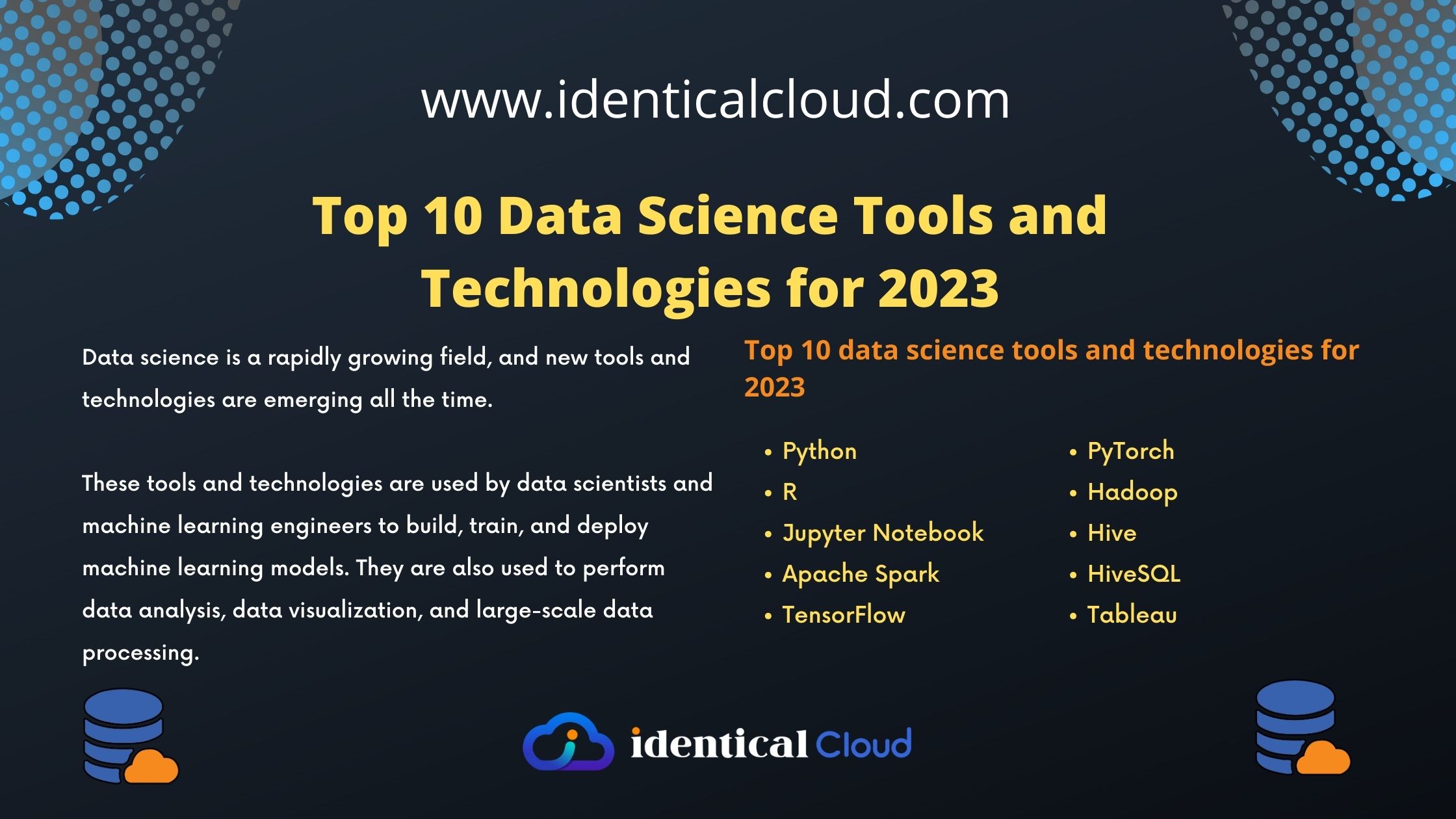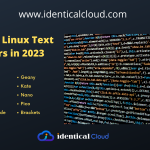
Best Python Books For Intermediate Coders
Best Python Books For Intermediate Coders
Python is a powerful programming language that is used for a wide variety of applications, including web development, data science, and machine learning. If you’re an intermediate Python coder, you’re probably looking for books that will help you take your skills to the next level.
Here are some of the best Python books for intermediate coders:
Fluent Python by Luciano Ramalho
“Fluent Python” by Luciano Ramalho is a comprehensive and enlightening book that caters to Python developers looking to become proficient in the language’s advanced features and idioms. With a focus on writing clean, elegant, and Pythonic code, this book equips readers with the tools to leverage Python’s full potential.
Unraveling Python’s Advanced Features
“Fluent Python” is not your typical beginner’s guide; instead, it takes intermediate Python developers on a journey into the language’s intricacies. The book begins by introducing readers to Python’s core data structures and then proceeds to explore more advanced concepts like decorators, context managers, and metaclasses. By presenting these features in practical contexts, the author enables readers to understand their relevance and apply them effectively in real-world scenarios.
Pythonic Code and Idiomatic Expressions
One of the primary goals of “Fluent Python” is to teach readers how to write Pythonic code—code that not only works but is also concise, expressive, and in line with Python’s design philosophy. Luciano Ramalho emphasizes the importance of embracing Python’s idioms and conventions, which contribute to code readability and maintainability. By illustrating Pythonic patterns and common coding styles, the book instills a deep appreciation for the language’s elegant simplicity.
Exploring Concurrency and Parallelism
As modern applications demand efficient utilization of computing resources, “Fluent Python” delves into the realm of concurrency and parallelism. The book introduces asynchronous programming using Python’s ‘asyncio‘ library, enabling readers to write responsive and performant applications. Understanding concurrency is essential for maximizing system resources and providing seamless user experiences, making this section invaluable to intermediate developers.
Design Patterns and Metaprogramming
Another strength of “Fluent Python” lies in its coverage of design patterns and metaprogramming. The book provides practical examples of classic design patterns and demonstrates how Python’s unique features enable a more expressive implementation of these patterns. Additionally, readers explore metaprogramming, where code writes or modifies other code, unleashing Python’s dynamic capabilities and expanding possibilities in application design.
Real-World Application
Throughout “Fluent Python,” Luciano Ramalho incorporates real-world examples and case studies, making the concepts tangible and relevant to readers’ everyday work. Whether it’s building custom data structures, working with decorators, or understanding metaclasses, the book reinforces the learning experience with practical applications.
Effective Python by Brett Slatkin
“Effective Python” by Brett Slatkin is a well-regarded guidebook that dives deep into the art of writing clean, efficient, and Pythonic code. Geared towards intermediate to advanced Python developers, this book presents 90 concise and actionable tips to improve your coding skills and make the most of Python’s capabilities.
Practical Tips and Best Practices
Unlike traditional Python tutorials, “Effective Python” doesn’t focus on syntax or language basics. Instead, it offers practical tips and best practices to make your Python code more effective and readable. Each tip is presented with a clear explanation and illustrative examples, making it easy to grasp and apply the concepts to your own projects.
Data Structures and Algorithms
The book covers essential topics related to data structures and algorithms. It emphasizes Python’s built-in data structures, like lists, dictionaries, and sets, and guides readers on choosing the appropriate data structure for different scenarios. Additionally, it explores efficient ways to loop through data, handle exceptions, and manage resources using context managers.
Concise and Pythonic Code
A key theme in “Effective Python” is writing concise and Pythonic code that adheres to the Zen of Python principles. The book introduces readers to Python idioms and encourages them to adopt the language’s unique features for better readability and maintainability. By following these guidelines, you’ll learn how to create elegant and expressive code that communicates its intent effectively.
Concurrency and Parallelism
As modern applications demand better performance and responsiveness, “Effective Python” touches upon concurrency and parallelism. It explores multithreading, multiprocessing, and the concurrent.futures module, showing readers how to leverage Python’s features for concurrent and parallel execution, making their programs more efficient.
Debugging and Testing
“Effective Python” places significant emphasis on debugging and testing, encouraging readers to write robust code that can be easily maintained and extended. It offers insights into Python’s debugging tools and suggests best practices for writing testable code and implementing unit tests effectively.
Beyond the Basics
The book goes beyond the basics of Python, tackling more advanced topics such as metaclasses and class-specific methods. It introduces readers to metaprogramming techniques, illustrating how to modify class behavior and use metaclasses to customize class creation.
Real-World Examples
Throughout “Effective Python,” Brett Slatkin provides real-world examples that are relatable and applicable to various development scenarios. This approach enables readers to see the impact of each tip in practical situations, making the learning experience more engaging and memorable.
Python Tricks by David Beazley
“Python Tricks” by Dan Bader is a comprehensive and insightful book that delves into the realm of Python programming with a focus on teaching readers Pythonic coding techniques. Targeted at both intermediate and advanced Python developers, this book offers a collection of practical and creative ways to write cleaner, more efficient, and expressive Python code.
Pythonic Code and Idiomatic Expressions
At the core of “Python Tricks” lies the concept of Pythonic code—a style of coding that embodies the principles of readability, elegance, and simplicity. Dan Bader introduces readers to Python’s idiomatic expressions and conventions, which allow for more expressive and concise code. By adhering to these principles, readers will learn to write code that is not only more efficient but also easier for others to understand and maintain.
Practical Tips and Techniques
“Python Tricks” is more than just a theoretical guide; it’s filled with practical tips and techniques that can be immediately applied to your Python projects. The book covers a wide range of topics, including data structures, list comprehensions, lambda functions, context managers, and decorators, among others. Each tip is accompanied by clear explanations and illustrative examples, making it easy for readers to grasp and incorporate into their coding practices.
Hidden Gems and Lesser-Known Features
One of the book’s greatest strengths is its exploration of lesser-known Python features and hidden gems. Dan Bader introduces readers to powerful built-in functions, libraries, and language constructs that are often overlooked. By uncovering these hidden treasures, readers gain a deeper understanding of Python’s capabilities and learn how to utilize them to their advantage.
Improving Performance and Readability
“Python Tricks” not only focuses on writing concise and expressive code but also emphasizes the importance of improving performance and readability. The book provides insights into optimizing Python code and suggests best practices for creating clear, maintainable, and efficient programs.
Hands-On Projects
Throughout the book, readers will find hands-on projects that challenge and reinforce their understanding of the concepts discussed. These projects offer practical applications of Python tricks in real-world scenarios, helping readers to connect theory with practice and gain confidence in their coding skills.
Community and Online Resources
“Python Tricks” encourages readers to engage with the Python community and take advantage of online resources to deepen their knowledge further. Dan Bader provides valuable recommendations for Python libraries, forums, and learning platforms, enabling readers to continue their learning journey beyond the book.
Python Cookbook by David Beazley and Brian K. Jones
“Python Cookbook” by David Beazley and Brian K. Jones is a comprehensive and well-respected book that offers a collection of practical recipes and solutions to common Python programming challenges. Geared towards intermediate and advanced Python developers, this book goes beyond language fundamentals and explores real-world applications of Python.
Practical Recipes for Real-World Scenarios
“Python Cookbook” is not a typical Python tutorial; instead, it focuses on providing practical and proven solutions to real-world problems. The book covers a wide range of topics, including data structures, algorithms, text processing, file I/O, web scraping, and more. Each recipe is presented in a clear and concise format, making it easy for readers to understand and apply the solutions to their own projects.
Code Samples and Illustrative Examples
The book is rich in code samples and illustrative examples, allowing readers to see the practical applications of each recipe. The authors provide clear explanations and step-by-step instructions, making it easy for readers to follow along and implement the solutions in their Python projects.
Coverage of Python Libraries and Modules
“Python Cookbook” extensively covers various Python libraries and modules that are commonly used in real-world projects. Readers will explore libraries such as NumPy, Pandas, Matplotlib, Requests, and BeautifulSoup, among others. The book not only introduces these libraries but also demonstrates how to leverage their capabilities to solve specific tasks efficiently.
Efficient Data Processing and Analysis
Data processing and analysis are essential skills in Python development. “Python Cookbook” equips readers with recipes that help them manipulate and analyze data effectively. From handling CSV files and JSON data to performing complex data manipulations, the book offers valuable insights into data processing tasks.
Web Scraping and APIs
In today’s data-driven world, web scraping and working with APIs are crucial skills. “Python Cookbook” includes recipes that demonstrate how to extract data from websites, interact with RESTful APIs, and parse HTML documents. These skills are valuable for various applications, including data collection and web automation.
Networking and Concurrency
The book also covers networking and concurrency, introducing readers to the ‘socket‘ library for building networked applications and the ‘concurrent.futures‘ module for concurrent programming. These recipes help readers develop robust and scalable applications that can handle multiple tasks simultaneously.
Python for Data Science by Wes McKinney
“Python for Data Science” by Wes McKinney is a comprehensive and essential book that serves as a guide for using Python in data analysis and manipulation. As the creator of the pandas library-one of the most popular data manipulation libraries in Python-Wes McKinney provides expert insights and practical examples to help readers harness Python’s data science capabilities.
Data Analysis with pandas
The book focuses on using pandas—a powerful and flexible library for data manipulation—to perform data analysis tasks. Wes McKinney introduces readers to pandas’ data structures, such as Series and DataFrames, and covers essential data operations, including indexing, filtering, grouping, and aggregation. The book also delves into data cleaning, handling missing values, and data transformation techniques.
Time Series Data and Visualization
As data analysis often involves time series data, “Python for Data Science” explores handling and analyzing time-based data with pandas. Readers will learn how to handle time series data, resample time intervals, and perform time-based operations. The book also introduces data visualization using libraries like Matplotlib and Seaborn, enabling readers to create insightful plots and graphs.
Data Wrangling and Cleaning
One of the critical aspects of data science is data wrangling and cleaning. “Python for Data Science” equips readers with techniques to handle messy and unstructured data effectively. From handling duplicates and outliers to dealing with data inconsistencies, the book provides strategies to clean and preprocess data for analysis.
Data Aggregation and Transformation
The book covers advanced data manipulation techniques, including data aggregation and transformation. Readers will learn how to use groupby operations, pivot tables, and merging techniques to consolidate and transform data. These skills are crucial for summarizing and reshaping data for specific analysis tasks.
Integrating Python with Other Data Tools
“Python for Data Science” goes beyond pandas to showcase how Python can be integrated with other data tools and libraries. The book demonstrates how to work with SQL databases, read and write data in different formats (e.g., CSV, Excel), and interact with web APIs to retrieve data.
Real-World Applications
Throughout the book, Wes McKinney provides real-world examples and case studies to demonstrate the practical applications of Python in data science projects. Readers gain valuable insights into how Python can be applied to analyze and visualize real datasets, making the learning experience more engaging and relatable.
These are just a few of the many great Python books for intermediate coders. With so many great options available, you’re sure to find a book that’s perfect for you.
In addition to these books, there are also a number of online resources that can help you improve your Python skills. Some of the best resources include:
Real Python: https://realpython.com/
Talk Python to Me: https://talkpython.fm/
Python Tutorial: https://docs.python.org/3/tutorial/
Stack Overflow: https://stackoverflow.com/
With a combination of books and online resources, you can take your Python skills to the next level. So what are you waiting for? Start learning today!
Here are some additional tips for learning Python as an intermediate coder:
- Find a mentor or community of Python developers who can help you learn and grow.
- Participate in online forums and discussions to get feedback on your code.
- Build projects that interest you to apply your skills and learn new things.
- Don’t be afraid to experiment and make mistakes.
With hard work and dedication, you’ll be a Python expert in no time!








